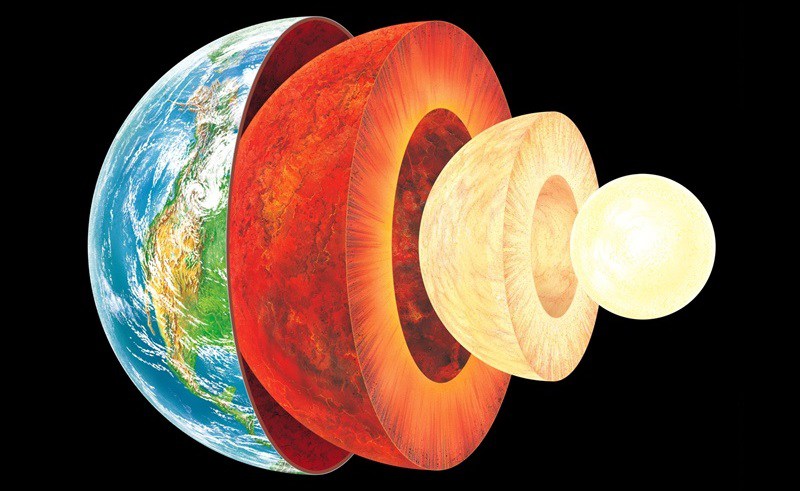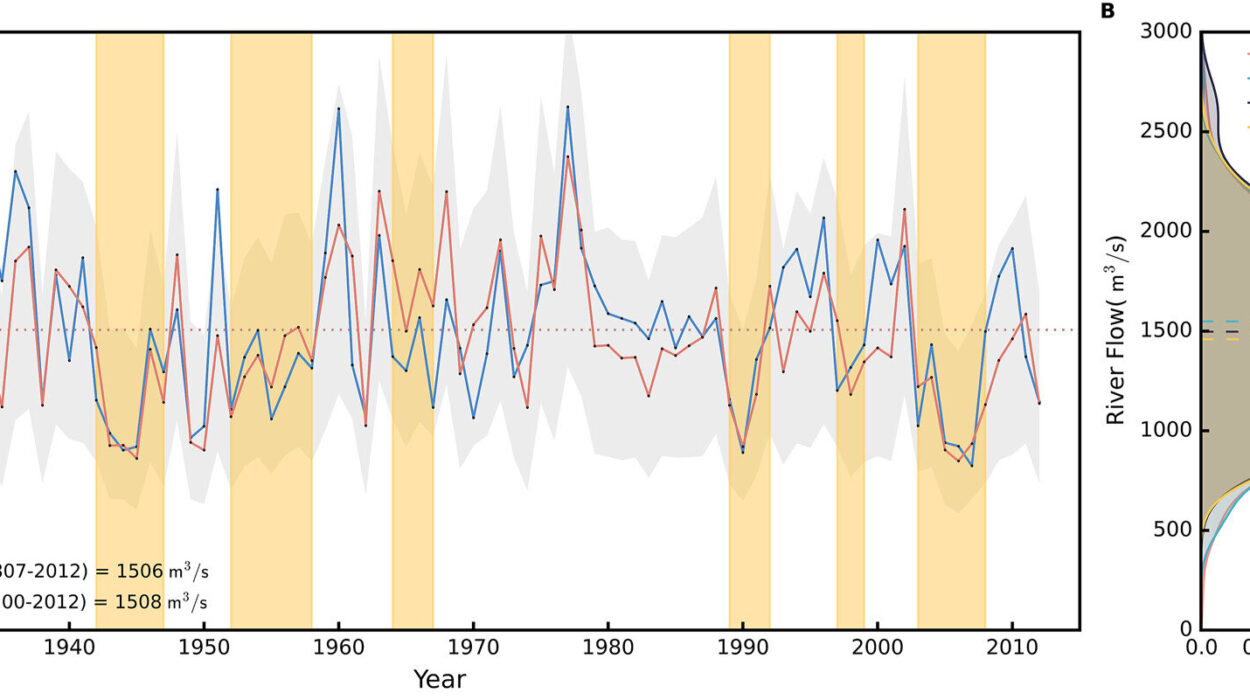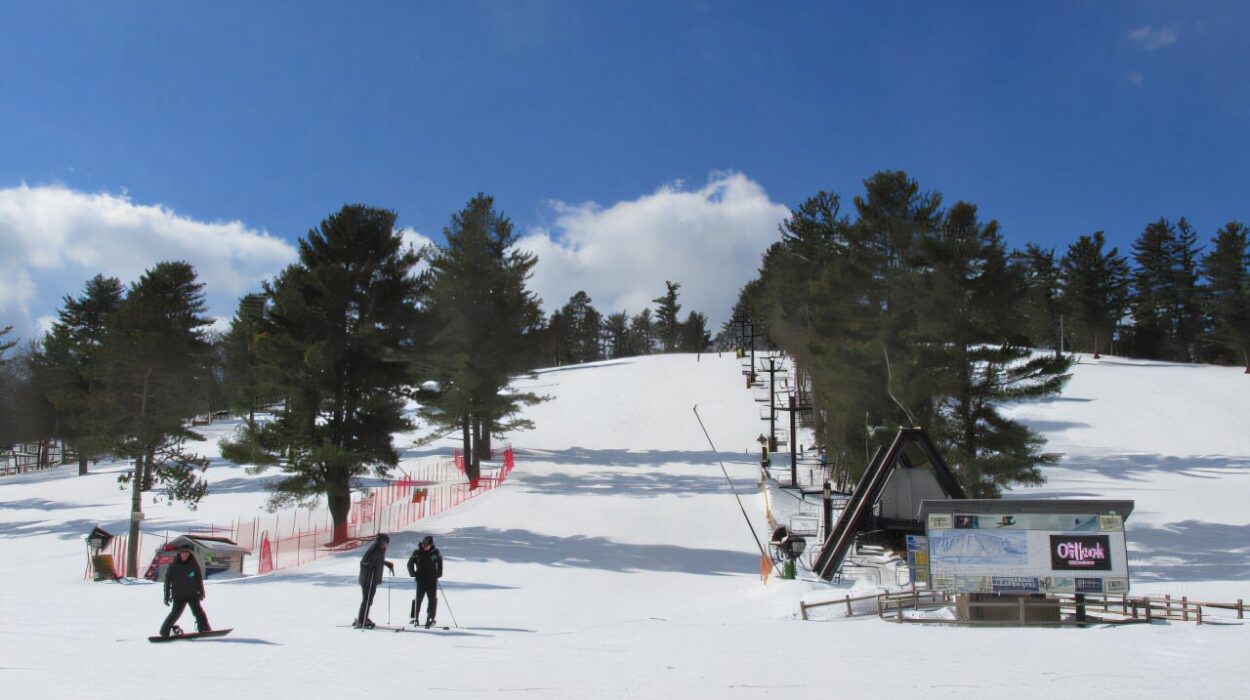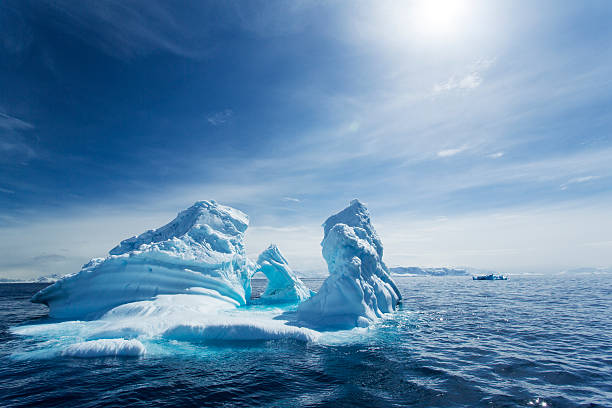Beneath our feet lies a hidden world. Every step we take on solid ground disguises the greatest mystery we’ll never see with our own eyes. We live on the crust of a dynamic, restless planet—a planet with a molten heart and a history written in fire, pressure, and transformation. Most of us never think twice about what’s below us. Yet, Earth’s layers shape everything we know, from the formation of continents to the air we breathe. And while we may learn the basics in school—crust, mantle, core—this ancient anatomy hides secrets far stranger and more wonderful than you might imagine.
So come on a journey, not across the surface, but down into the depths. You might never look at the ground the same way again.
A Journey Begins: Peering Beneath the Surface
It starts with a question so simple, yet profound: what lies beneath?
For centuries, this question stoked human imagination. Myths spun tales of underworlds and burning realms below, of gods and monsters that dwelled in the hidden places. But the truth, though less mythological, is no less awe-inspiring.
Earth’s internal structure is divided into layers not by physical barriers we can see, but by differences in composition, temperature, and behavior. From the cool, brittle crust to the churning mantle, from the outer core of liquid iron to the solid inner core hotter than the surface of the sun—each layer tells a story billions of years in the making.
Here are ten incredible, lesser-known facts about Earth’s layers that will change the way you think about our home planet.
1. The Crust is Thinner Than You Think
You might imagine Earth’s crust as something deep and substantial—the foundational layer that makes up mountains, valleys, and the ocean floor. But the truth is more astonishing. If Earth were the size of an apple, the crust would be no thicker than its skin.
The oceanic crust, in particular, is startlingly thin—on average, just 5 to 10 kilometers. Continental crust is thicker, around 30 to 70 kilometers, but even that is nothing compared to the layers beneath. And yet, this fragile skin is where every human life has unfolded. Everything we know, every war, every civilization, every step we’ve taken—has occurred on this slender rind of rock.
It’s easy to forget how delicate our home really is when you’re standing on solid ground. But the crust is a whisper compared to the fiery breath of the mantle beneath.
2. We’ve Never Been Deeper Than the Crust
Despite all our technological marvels, humanity has never scratched beneath the crust. The deepest humans have ever drilled is the Kola Superdeep Borehole in Russia, which reached about 12 kilometers down—a mere scratch on the surface, less than a third of the way through the crust itself.
Conditions become unbearable quickly. Temperatures rise steeply, pressures grow crushing, and rocks behave strangely, even plastically, under such extremes. To go deeper would require materials and machinery that we have yet to invent.
This means that everything we know about the deeper layers of Earth comes not from direct observation, but from indirect evidence—seismic waves from earthquakes, magnetic field data, laboratory simulations, and ingenious scientific deduction. It’s like trying to understand the inside of a cathedral by listening to its echoes.
3. The Mantle Flows—But It’s Solid
The mantle, Earth’s thickest layer, spans nearly 3,000 kilometers. It’s not liquid, as many believe. It’s solid rock—but under immense pressure and heat, it behaves like a viscous fluid over long timescales.
This is called solid-state convection. Imagine peanut butter warmed until it can slowly ooze, yet still holds shape. That’s how the mantle behaves. It flows in giant, convecting currents, carrying heat from the core outward and recycling Earth’s crust through a process known as plate tectonics.
This movement is what drives continents apart, creates mountains, fuels volcanoes, and causes earthquakes. The continents float on this churning sea of stone, moving at a rate no faster than your fingernails grow. Yet, over millions of years, they reshape the face of the world.
4. Plate Tectonics Is a Surface Expression of Deeper Forces
Continents don’t just drift by coincidence. Their movement is the visible tip of a colossal, invisible machine powered by the mantle. Convection currents deep within Earth drag tectonic plates across the surface like conveyor belts.
Subduction zones, where one plate dives beneath another, pull slabs of crust down into the mantle. Meanwhile, upwelling magma at mid-ocean ridges pushes plates apart. Earth’s surface is continually recycled: oceanic crust forms, ages, and is consumed in an endless geological cycle.
Without this process, Earth would be geologically dead—its surface barren and unchanging. But thanks to tectonics, we have continents, oceans, earthquakes, and mountain ranges. And at the heart of it all is the slow dance of heat through the mantle, reshaping the planet over eons.
5. The Outer Core Creates Earth’s Magnetic Field
Earth’s magnetic field is one of the most crucial features for life. It shields us from deadly solar radiation, guides migrating animals, and makes compass navigation possible. But few realize it originates deep within the planet—in the swirling liquid iron of the outer core.
The outer core is a sea of molten metal, primarily iron and nickel, spinning around the solid inner core. As Earth rotates, this liquid churns in complex patterns, generating electric currents. These, in turn, produce a magnetic field through a process known as the geodynamo.
This invisible force extends far into space, creating a protective bubble called the magnetosphere. Without it, solar winds would strip away our atmosphere and fry the surface with radiation—just as they did on Mars.
Every time you see the aurora borealis, you’re witnessing Earth’s deep heart in action, playing defense for the fragile life above.
6. The Inner Core Spins Differently Than the Rest of the Planet
The inner core is a solid sphere of iron and nickel, about 1,220 kilometers in radius. It is unimaginably hot—around 5,400°C, similar to the surface of the sun—yet remains solid due to the crushing pressure around it.
But here’s the twist: the inner core doesn’t spin at the same rate as the rest of the Earth. In fact, studies show that it may rotate slightly faster—or sometimes slower—than the surface. This phenomenon, known as differential rotation, is still a topic of scientific debate.
Changes in this rotation can even subtly affect the length of Earth’s day over long periods. Think of Earth as a layered dance, where the deepest partner keeps its own rhythm, quietly influencing the tempo above.
7. Earthquakes Reveal Earth’s Hidden Structure
When earthquakes strike, they unleash seismic waves that ripple through the planet. These waves travel at different speeds depending on the material they pass through. Some waves can’t pass through liquids, others slow down in molten zones. By measuring these changes, scientists have been able to map Earth’s internal layers in astonishing detail.
It’s a bit like shining a flashlight into a foggy room and using the brightness to infer where walls or objects might be. Thanks to these natural sonic experiments, we’ve identified not just the crust, mantle, and core, but sublayers within them—like the transition zone, the D” layer above the core, and the boundary between the outer and inner core.
In this way, every quake becomes a window, however brief, into the deep and ancient silence beneath our feet.
8. Earth’s Core Is Cooling, But Slowly
Like any hot object, Earth is losing heat. Its core has been cooling for over four billion years, ever since the planet formed. This process is glacially slow, taking billions more years to complete. But it has profound implications for the planet’s future.
As the core cools, it slowly solidifies from the inside out. The inner core is gradually growing, while the outer core shrinks. One day, perhaps billions of years from now, the entire core might solidify. If that happens, Earth’s magnetic field could fade and vanish, stripping the planet of its protective shield.
It’s a reminder that even something as ancient and massive as Earth is not immune to time.
9. There May Be an Ancient Crust Buried Deep in the Mantle
In recent years, scientists have discovered that some parts of the mantle may contain remnants of Earth’s earliest crust—dating back over 4 billion years. These ancient slabs, called ultra-low velocity zones or large low-shear velocity provinces, behave differently from surrounding mantle material.
Seismic waves slow dramatically when passing through them, suggesting a different composition. Some researchers believe these could be relics of primordial crust buried by early subduction processes and preserved in the deep mantle.
If true, they are like time capsules from Earth’s infancy, telling us about a planet that existed long before life took hold.
10. We Still Know Very Little—But We’re Learning More Every Day
For all we’ve discovered, Earth’s interior remains one of the final frontiers of science. We cannot visit it. We cannot observe it directly. And yet, through seismic waves, magnetic readings, lab experiments, and supercomputer simulations, we are slowly piecing together the puzzle.
New tools, like neutrino detectors and seismic tomography, allow us to peer deeper and with greater precision. Every earthquake offers new data. Every simulation brings us closer to understanding.
And perhaps the most fascinating truth is this: our planet is alive, in the geological sense. It pulses with heat, shifts with pressure, breathes through eruptions, and rotates with rhythms we are only beginning to sense.
Conclusion: A Planet in Motion, a Mystery Beneath
We often look up when we wonder. We stare at stars and dream of what lies beyond. But just as profound are the mysteries beneath—the alien world under our feet. The layers of Earth, each born from unimaginable pressure and time, shape everything we see on the surface. They move mountains, create oceans, and sustain the magnetic field that shields life.
Our understanding of these layers has come far, yet we’re still children staring into a cavern, echoing with ancient secrets. With every discovery, our planet becomes not smaller, but grander—an intricate, dynamic machine powered by fire and stone.
So next time you walk across the ground, pause for a moment. Beneath you, thousands of kilometers down, a core spins, a mantle churns, and a living planet dreams in heat and pressure. Earth is not just our home. It’s an ever-evolving wonder—and we’ve only just begun to understand its depths.






